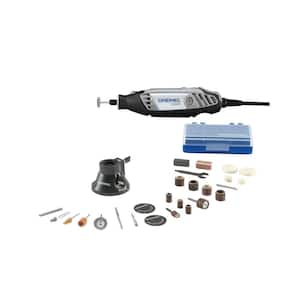For anyone else interested in the Seeedstudio Bluetooth Shield:
Very cool, thanks! ![]()
Also, for the sake of others, I assume that you mean the following module:

http://www.seeedstud...tml?cPath=19_21
Bluetooth Shield $22.90
SKU: SLD63030P
Designer: Seeed Studio
Wiki page: http://www.seeedstud...luetooth_Shield
Important document on the instructions and handshaking (I've seen better): http://www.seeedstud...Instruction.pdf
From Amazon: http://www.amazon.co..._pr_product_top
Bluetooth Shield for Arduino
Price: $29.95
Once, again, thanks! ![]()














